Fender Thirteen 6 Review
Fender Thirteen 6
Rock and roll (for a price)
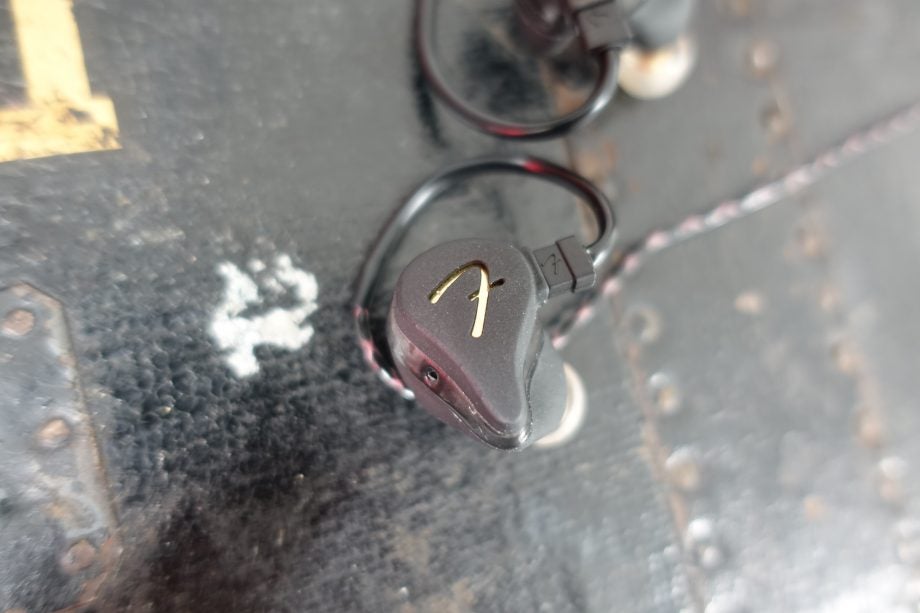
Verdict
The Fender Thirteen 6 are expensive, but they sure do perform
Pros
- Spectacular levels of detail
- Impressive dynamic reach
- Plenty of power
- Lovely presentation
Cons
- Not exactly neutral
- Pricey
Key Specifications
- Review Price: £1549
- 6.3mm dynamic driver
- 6 x balanced armature drivers
- Ballistic composite-reinforced cable
- Polycarbonate protective case
What is the Fender Thirteen 6?
Fender, the guitar maker, is making earphones. In case the £1549 price tag didn’t already give it away, Fender Thirteen 6 occupy elite status in the range and represent the very best Fender has to offer.
They’re pitched at both stage performers and audiophiles, thanks to a hybrid design that offers the bass reach of dynamic drivers and the dynamic accuracy of balanced armature drivers.
Combine this with a significant amount of fan service and what Fender’s offering is a package that’s hard not to love… if you can afford it.
Related: Best headphones
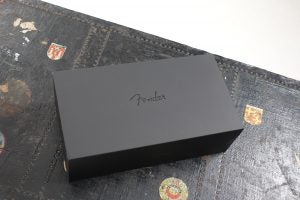
Fender Thirteen 6 – Design and features
When I review something I don’t tend to talk about the box, but I have to make an exception here. The box is very much a part of the experience. Despite the contents being small enough to fit into your ears, the Fender Thirteen 6 package is as big as a shoe box.
The box has a drawer for a lovely booklet, various sizes of eartips (silicone and foam), plus a sticker, a guitar pick, and a signed photo of the bloke who finished the headphones. Don’t worry, you also get more practical accessories, such as a cleaning tool and a 1/8” to 1/4” adapter.
The main compartment of the box sits behind an acrylic window, behind which sit the Fender Thirteen 6 themselves, plus an engraved plaque with the unique serial number, and a hefty Nanuk case.
Nanuk makes hard-shell, water-resistant cases made of polycarbonate and filled with high density foam. This is a tough box that will absolutely protect your precious new in-ears, because your back pocket is not a safe enough storage space.
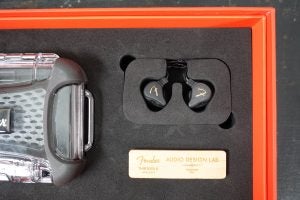
Unsurprisingly, Fender is using guitar-like finishes on the earphones. I’m very fond of the silverburst design available on the lower (£999) Fender Ten 5 model. The Thirteen 6 has a ‘Flat Black’ finish, which I’m less crazy about. It’s certainly unlike any guitar finish I’ve seen; it’s matte and a little rough, and makes me think more of amps than guitars. It’s a subtle look though, and I do like the gold ‘F’ peeking through.
The shape is similar to most in-ear monitors (IEMs) – a chunky bud with a cable that goes forwards, up and over your earlobes in a loop for a more secure fit. This is a “ballistic composite-reinforced” cable, a material similar to Kevlar, which should do a good job withstanding wear and tear.
Rather than the generic, round shape of most IEMs, the Fender Thirteen 6 have the anatomic contours and bumps of a custom-fit IEM. This isn’t actually a custom fit, of course – Fender calls this ‘custom-like’ fit, and it makes an attempt to emulate the shape of the average concha.
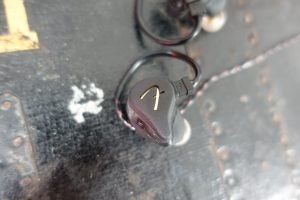
It is indeed an ergonomic design. They fit my ears well and didn’t shift as I shook my head to try to dislodge them. They also provided good passive noise isolation, enough to block out office chatter and a nearby Bluetooth speaker without the need for active noise cancellation. I would recommend the foam tips over the silicone ones – I could wear the foam ones for longer before feeling the need for a break.
The bud has a three-layer construction, up from the two-layer form of the step down Fender Ten 5 model because it has more drivers inside. Here’s a guide to Fender’s naming convention: the spelled-out English number refers to the diameter of the dynamic driver, while the Arabic numeral refers to the number of balanced armature drivers.
So: the Fender Thirteen 6 has a 13.6mm dynamic driver, plus six balanced armature drivers – two each for mids frequencies, highs and very highs – which combine to cover a 8Hz-24kHz frequency range.
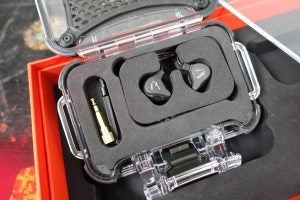
Fender Thirteen 6 – Performance
The dynamic-versus-balanced-armature debate is old and well-worn, so I’m not going to repeat it here. Suffice it to say that generally, balanced armature drivers are favoured for their accuracy, while dynamic drivers offer greater impact, especially in the low end. A hybrid design, then, aims to offer both. Well, consider that mission accomplished, because what Fender has achieved here authentically entertaining.
This is an extremely detailed sound. Every note is textured, and this extends to the leading and trailing edges too. The multiple balanced armature drivers do a great job passing on every little element of a bluegrass jam session, for instance, leaving little to the imagination. If you want to hear what an instrument really sounds like, these in-ears certainly don’t get in the way.
There’s also plenty of power. That’s the 13.6mm dynamic driver at work. This is a dynamic, impactful performance with no shortage of attack. More important than all-out assault is control, and this is a composed listen, easily switching gears from animated to sedate. Listen to Ruben Gonzalez at the ivories and you can almost see his hands at work, alternating with aggressive and playful presses.

The dynamic extension is impressive, especially where the bass is concerned. The Thirteen 6 IEMs manage to articulate the dynamic shifts of Leonard Cohen’s low, gravelly voice better than any headphones I’ve tested, and as well as some very high-end loudspeakers. That level of low-end insight is so unexpected as to be alarming.
It’s not just the quality of the bass; there’s plenty of it, too. At first listen, you might even find it a little too much. I question if this much bass is good for the analytical listening you want IEMs for – the more affordable Fender Ten 5 are more similar to the neutral IEMs from Shure. Then again, purely for playback purposes, this is an endlessly fun listen, which really conveys the emotional expression of a piece.
Oh, and you also get a palpable sense of space. The soundstage is deep, wide and far-reaching – at some point I even felt an instrument was sounding from somewhere behind my ears. You can tell a lot about the production of a song from how spacious its recording environment is. The Thirteen 6 can really convey the intimacy of a solo singer in a lounge, versus the epic quality of a full-blown orchestra.
Be sure to use quality sources, because these in-ears would be wasted on a smartphone. The LG G7 is an excellent-sounding music player with a good built-in DAC, but that’s not enough. An Astell & Kern AK70 is more like it, especially when paired with a Chord Mojo. Then the Fender Thirteen 6 really sing.
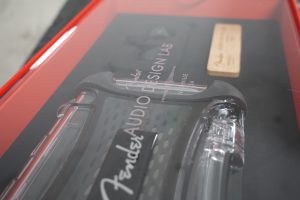
Why buy the Fender Thirteen 6?
If you’re a stage performer – or an armchair audiophile – and you want to hear more of the music, the Fender Thirteen 6 are a revelation. They offer an effective mix of insight, fidelity and enthusiasm and the result is a powerful, emotional listen. Those looking for an entirely neutral, flat response may find these to have a little too much personality – but they sure are entertaining.
Of course, they are also expensive. At least Fender offers more affordable alternatives: the Ten 5 (£999), Ten 3 (£699), Nine 1 (£215) and Nine (£89). We’ll hopefully get those in for review, too.
Verdict
The Fender Thirteen 6 are expensive, but they sure do perform.

